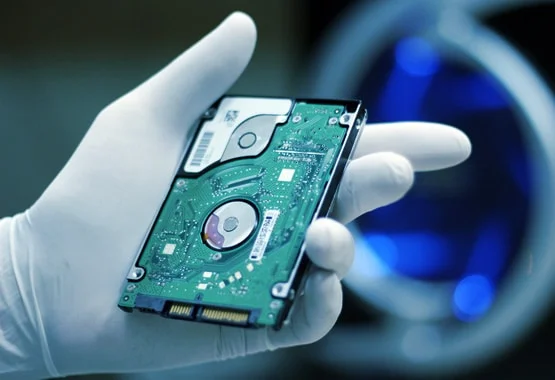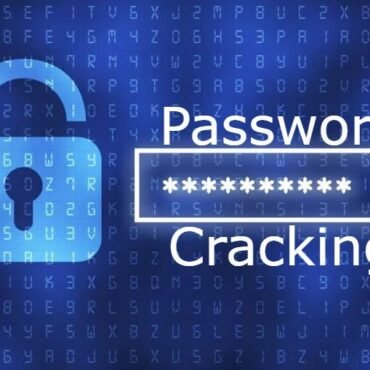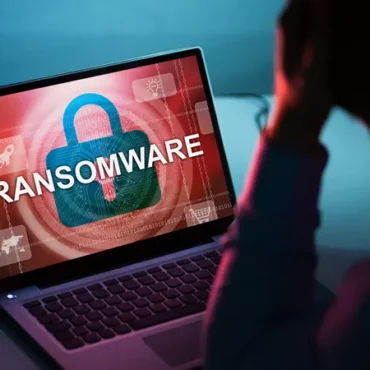In today’s digital age, almost every investigation—whether criminal, corporate, or civil—requires dealing with digital evidence. From computers and mobile phones to storage drives and cloud systems, digital data plays a crucial role in revealing the truth.
A cornerstone of digital forensics is the creation of a forensic image, which is a bit-by-bit copy of the original media. This allows investigators to examine evidence without risking any modification of the original data. Since courts only accept unaltered digital evidence, imaging ensures the integrity and authenticity of the material being analyzed.
To achieve this, forensic examiners rely on imaging tools, which can be broadly categorized into hardware imaging tools and software imaging tools. While both aim to create accurate, verifiable copies, they differ in terms of functionality, cost, flexibility, and usage scenarios.
Understanding Forensic Imaging
Before diving into the tools, let’s clarify what forensic imaging is and why it matters.
A forensic image is not just a simple copy-and-paste of files. Instead, it is a sector-by-sector duplication of the entire storage device, including:
-
Deleted files
-
Slack space
-
Hidden partitions
-
System files
This ensures that even remnants of previously deleted or hidden data are preserved for analysis.
The forensic image must also be verified using cryptographic hash values (such as MD5, SHA-1, or SHA-256) to prove in court that the copy is identical to the original.
1. Hardware Imaging Tools
Hardware imaging tools are dedicated physical devices built exclusively for forensic acquisition. They are commonly used in professional forensic labs, law enforcement, and government
By understanding the strengths and limitations of each, forensic experts can select the right approach to ensure accurate, efficient, and legally defensible evidence acquisition.
Key Features
-
Operate independently of a computer.
-
Built-in write blockers to prevent any accidental modification of evidence.
-
Support for multiple interfaces: SATA, IDE, USB, NVMe, and SAS.
-
High-speed duplication, often exceeding 15 GB/min.
-
Hashing algorithms built into the device for integrity verification.
Advantages
-
Reliability: Courts prefer evidence acquired using tamper-proof hardware imagers.
-
Speed: Much faster than most software tools, especially for large drives.
-
Security: In-built hardware write-blockers minimize risks of contamination.
-
Ease of Use: Plug-and-play functionality with minimal setup required.
Limitations
-
Costly: Hardware imagers can cost between ₹3 lakhs and ₹10 lakhs or more.
-
Limited Flexibility: May not support every file system or proprietary format.
-
Size & Portability: Bulkier compared to a simple laptop running imaging software.
When to Use Hardware Imaging Tools?
-
High-profile criminal cases where maximum reliability is mandatory.
-
Forensic labs handling bulk data acquisitions daily.
-
Cases with very large drives (multi-terabyte) requiring faster imaging.
. Software Imaging Tools
Software imaging tools are applications that run on forensic workstations or laptops to create forensic images. They rely on the workstation’s processing power and often require external or software-based write-blockers.
Examples of Software Imaging Tools
Key Features
-
Flexible, supports multiple image formats (E01, RAW, AFF).
-
Can perform live imaging of running systems without shutting them down.
-
Provide detailed logging for court presentation.
-
Integration with forensic analysis suites (like EnCase and FTK).
-
Can image remotely over a network.
Advantages
-
Cost-effective: Many are free or affordable compared to hardware imagers.
-
Versatile: Compatible with various file systems (FAT, NTFS, EXT, APFS, HFS+).
-
Remote Imaging: Useful in enterprise investigations or cybercrime cases.
-
Customizable: Allows examiners to configure acquisition as per case needs.
Limitations
-
Slower: Imaging speed depends on system resources (RAM, CPU, disk I/O).
-
Risk of Data Alteration: If proper write-blockers are not used, data could be modified.
-
Less reliable for unstable drives compared to hardware imagers.
-
Complexity: Requires trained personnel for proper use.
When to Use Software Imaging Tools?
-
Budget-conscious investigations where hardware imagers are not available.
-
Remote acquisition cases, e.g., corporate fraud investigations.
-
Forensic training and education for students and beginners.
-
Flexible cases where live or selective imaging is required.
Hardware vs. Software Imaging Tools – Key Differences
| Feature |
Hardware Imaging Tools |
Software Imaging Tools |
| Nature |
Physical standalone device |
Application/software |
| Speed |
Very fast (optimized hardware) |
Slower, system-dependent |
| Cost |
Expensive (₹3–10 lakhs) |
Affordable, some free |
| Write Protection |
Built-in hardware write-blockers |
External/software write-blockers needed |
| Ease of Use |
Plug-and-play, minimal setup |
Requires technical knowledge |
| Flexibility |
Limited file system support |
Supports wide range of file systems |
| Reliability |
Extremely reliable, court-preferred |
Reliable but depends on setup |
| Imaging Options |
Full device only |
Full, partial, live, or remote imaging |
| Best Use Case |
Law enforcement, high-stakes cases, large drives |
Budget labs, remote cases, flexible acquisitions |
Best Practices for Forensic Imaging
Regardless of the tool used, forensic experts must follow these best practices:
-
Always use write blockers to prevent modification.
-
Generate and verify hash values before and after imaging.
-
Document the imaging process thoroughly for court.
-
Store original evidence in secure, tamper-proof conditions.
-
Use redundant copies to prevent data loss.
Conclusion
Both hardware and software imaging tools are vital in digital forensics. Hardware imagers bring unmatched reliability, speed, and court-preferred evidence acquisition, but come at a high cost. Software imagers, on the other hand, offer flexibility, affordability, and advanced imaging options like live and remote acquisition.
A well-equipped forensic laboratory, such as Hawk Eye Forensic, typically maintains a combination of both. Hardware imagers are used for high-stakes and large-scale acquisitions, while software imagers are preferred for cost-effective, flexible investigations.
At the end of the day, the choice depends on:
-
Nature of the case (criminal, corporate, civil)
-
Budget constraints
-
Volume and type of data
-
Legal admissibility requirements
By understanding the strengths and limitations of each, forensic experts can select the right approach to ensure accurate, efficient, and legally defensible evidence acquisition.





Post comments (0)